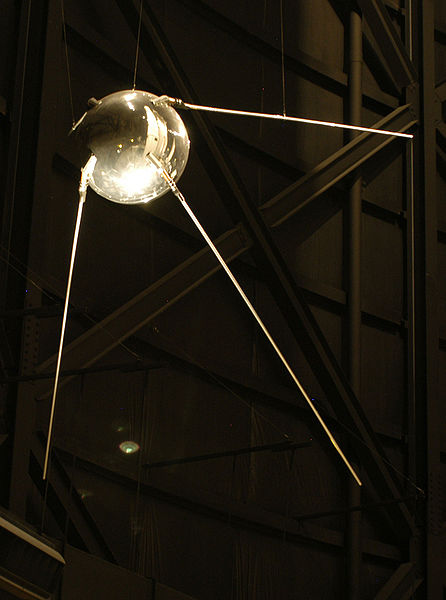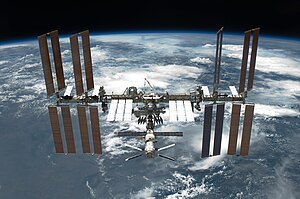One easy answer to this is: satellites! A mere 55 years ago, mankind launched the first artificial satellite (Russia's Sputnik) into orbit around the Earth and since then we have put thousands more up there.
While only a few hundred or so are currently functioning, there remain many that are still visible from Earth...if you know where to look.
Amateur ham radio operators often use the radio signals emitted by many satellites to track them through the sky. However, some are bright enough to see with the naked eye - and many can produce bright "flares" where their apparent brightness suddenly increases by many factors for several tens of seconds.
Brightest of them all is the International Space Station (ISS). Adorned with over twenty double-sided solar panels, the space station has so many reflective surfaces that when it is visible it can often be one of the brightest objects in the sky. Furthermore, taking just 90 minutes to orbit the Earth, many people are surprised by how quickly it moves across the sky.
There are several Internet engines that can help you keep track of satellites as they orbit. Visit www.n2yo.com and you will be greeted with a Google Maps-based image that shows real-time locations of a number of prominent satellites, including the ISS. If you are looking for help predicting when they will be visible from your location, check out Satellite Flybys, where rise times, brightnesses, maximum elevations, and directions on where to look are given. For example, using this website I have found that for the Oneonta area the ISS will be visible for the next few nights:
| Date | Rise time | Direction to look | Transit time | Max. Elevation | Magnitude |
| 02/16/2012 | 05:58:44 p.m. | WSW | 06:01:51 p.m. | 87 deg. | -4.0 |
| 02/17/2012 | 06:38:41 p.m. | W | 06:40:57 p.m. | 28 deg. | -2.1 |
| 02/18/2012 | 05:45:23 p.m. | NNE | 05:46:31 p.m. | 37 deg. | -2.7 |
Finally, the website Heavens-Above gives the same information for satellites while also providing Finder Charts for other celestial objects like planets, comets, asteroids, etc.
While the ISS is quite bright, most other satellites are a bit fainter. They may be easily mistaken for airplanes, but rather than blinking these satellites will be a constant brightness because they are being illuminated by the sun rather than any mounted light bulbs. Look carefully and you will see them moving against the background stars.
Happy hunting!


